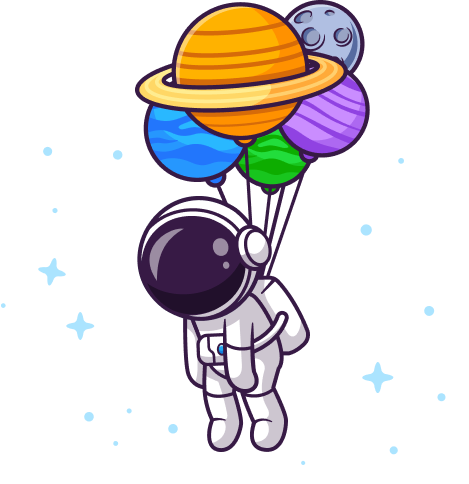Re-adding addDroid(): Hide that Join Entity!
Keep on Learning!
If you liked what you've learned so far, dive in! Subscribe to get access to this tutorial plus video, code and script downloads.
With a Subscription, click any sentence in the script to jump to that part of the video!
Login SubscribeYou might be asking yourself:
Hold up, do I really need to create a
StarshipDroidobject every time I want to simply assign a droid to a starship?
I think that's too much work. Could we get back to the good old days when we could just call $ship->addDroid($droid)?
Yes! This won't work yet, but that's never stopped us before! Load up the fixtures:
symfony console doctrine:fixtures:load
Ouch!
Undefined property:
App\Entity\Starship::$droids
Not exactly a surprise, as we're calling the long-dead droids property in addDroid().
Remaking addDroid()
The first thing on our list is to check if the Starship already has the droid in question. To make this happen, switch the property to use the getDroids() method. But wait, $this->getDroids()->add() isn't going to cut it. Instead, we're going to roll up our sleeves and create the join entity right here: $starshipDroid = new StarshipDroid() $starshipDroid->setDroid($droid) and $starshipDroid->setStarship($this):
| // ... lines 1 - 15 | |
| class Starship | |
| { | |
| // ... lines 18 - 207 | |
| public function addDroid(Droid $droid): static | |
| { | |
| if (!$this->getDroids()->contains($droid)) { | |
| $starshipDroid = new StarshipDroid(); | |
| $starshipDroid->setDroid($droid); | |
| $starshipDroid->setStarship($this); | |
| $this->starshipDroids->add($starshipDroid); | |
| } | |
| return $this; | |
| } | |
| // ... lines 219 - 260 | |
| } |
We've set the owning side of the relationship, but let's sync up the other side too. We can do this by calling $droid->starshipDroids->add($starshipDroid). Give the fixtures another whirl:
symfony console doctrine:fixtures:load
Cascading the Persist
Aha, a new error. This one is pretty common in Doctrine, though not always easy to understand:
A new entity was found through the relationship
Starship#starshipDroidsthat was not configured to cascade persist for the entityStarshipDroid.
This is a very fancy way of saying we've created a new StarshipDroid object and told Doctrine to persist its related Starship. But we never told Doctrine to persist the StarshipDroid object itself.
Here's the rub: we don't have access to the entity manager. So we can't just say $entityManager->persist($starshipDroid). Instead, we're going to lean on something called cascade=['persist'], which I'll dive into that right now.
